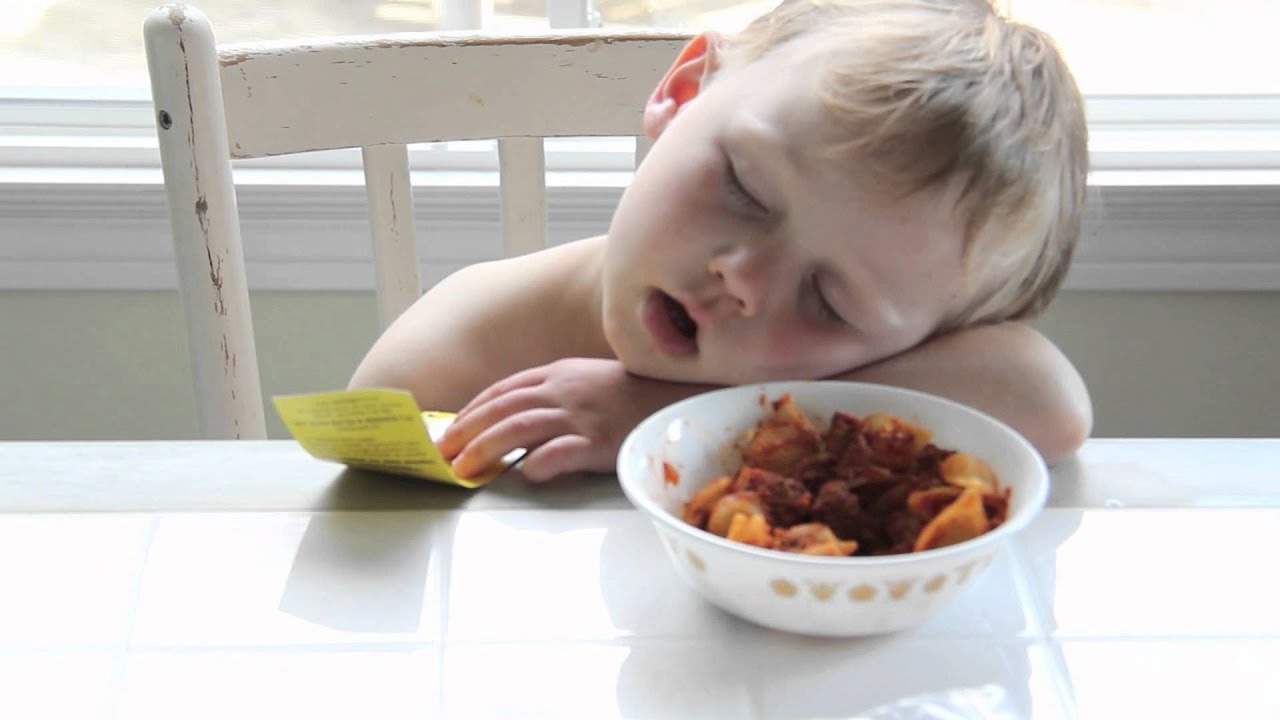AUGUST 2018: Get a Head Start on the Flu Season
 Flu season usually starts in October, and that may feel like a long way off. But why not get prepared? Plus, be honest – how many times have you made it halfway through flu season without managing to get your flu shot?
Flu season usually starts in October, and that may feel like a long way off. But why not get prepared? Plus, be honest – how many times have you made it halfway through flu season without managing to get your flu shot?
Here’s a little tip sheet. Learn how to lower your risk of getting the flu, which affects 1 to 2 out of 10 Americans each year—some seriously. And review the checklist below to make sure you have supplies on hand, just in case you do get sick.
Prevent the Spread
Follow these tips to help prevent the spread of flu. When appropriate, teach children these tips as well.
- Get vaccinated for seasonal flu in September or whenever the vaccine becomes available. The Centers for Disease Control and Prevention (CDC) recommends a flu vaccine for everyone 6 months and older.
- Whenever possible, stay away from people who are sick.
- Cover your mouth and nose with a tissue when sneezing or coughing, and then throw it away. If you don’t have a tissue, cough or sneeze into your sleeve.
- Wash hands regularly with soap and water, especially after coughing or sneezing. You can also use an alcohol-based hand rub.
- Using a household disinfectant, regularly wipe down surfaces you touch often – doorknobs, counters, telephones, and remotes, for example.
- If you get sick, stay home for at least 24 hours after your fever or signs of fever end.
- Know your company’s policy for sick days, and make sure you have a bank of days you can depend upon. Also have a backup plan for childcare.
- If you can, keep the sick person in a separate room. Have games, coloring books, or movies on hand for entertainment in the sick ward!
Stock Up on Supplies
No time like the present! (And it’s not much fun to make a run to the drug store when you’re sick, is it?) Here’s what you can do to prepare:
- Check your medicine cabinet. Do you have a pain reliever, fever reducer, decongestant, lozenges, and cough syrup on hand? Double check expiration dates and review doses for the different members of your family.
- If you take a prescription medication or have a chronic illness, make sure you have the medicines you need.
- Make sure your thermometer and humidifier are in working order.
- Also, buy a few extra boxes of tissues, hand sanitizer, and paper towels. When flu season starts, put a bottle of hand sanitizer with 60% alcohol in every room.
- Freeze some leftovers or purchase some easy-to-make and easy-to-digest foods. Don’t forget to include lots of fluids – so important for a speedier recovery.
- And what about Fido or Bella? Don’t let pet food or cat litter run out.
JULY 2018: Kids and Sleep: How Much Is Enough?

What happens when your kid doesn’t get enough sleep? Does he turn into Oscar the Grouch? Not a surprise, really. But moodiness isn’t the only downside of a lack of shuteye.
Sleep is critical for mental and physical development. In fact, a lack of sleep can lead to serious health problems such as high blood pressure, injuries, diabetes, and obesity in kids, as well as depression in teens (and adults).
Sleep guidelines for kids. About a year ago, the American Academy of Pediatrics came out with new sleep guidelines for kids. In case you missed it, here’s what they now recommend:
- Infants 4 to 12 months: 12 to 16 hours (including naps)
- Kids 1 to 2 years: 11 to 14 hours (including naps)
- Kids 3 to 5 years: 10 to 13 hours (including naps)
- Kids 6 to 12 years: 9 to 12 hours
- Teens: 8 to 10 hours
Guidelines are more challenging to devise for infants younger than four months. That’s because there is so much variation among young infants as they begin to develop regular sleep-wake cycles.
Signs of sleeplessness. How can you tell if your child isn’t getting enough sleep? Here are some telltale signs. Your child may:
- Have trouble waking up and getting moving within 15 minutes.
- Sleep at least two hours longer during weekends or vacations than during the school week.
- Fall asleep during short car trips or at school.
- Have trouble remembering, paying attention, and learning.
- Be irritable or hyperactive.
About that hyperactivity—that’s counterintuitive and can really throw parents. When you’re tired, you probably slow down. But kids can really wind up when they haven’t gotten enough sleep, and will resist going bedtime, even if they’re bone-tired. This sign can look a lot like attention deficit-hyperactivity disorder.
What you can do. Yes, I know: Getting kids to bed at night is easier said than done. But it’s worth the effort, because quality sleep is not a luxury. You can make a difference in a number of ways.
For example, help your child learn how to prioritize and focus on the activities he or she really enjoys—maybe not three sports all at the same time! Limit your child’s access to caffeine—remember it’s in chocolate, too. Make sure the bedroom is cool and dark. Set a regular, relaxing nighttime routine. Most important, keep TV and computers out of the bedroom, and turn off all screens at least 30 minutes before bedtime. Whether it comes from a bulb or a smartphone, light promotes wakefulness.
If your child isn’t getting enough sleep, it’s also important to rule out a sleep disorder or other medical condition. Snoring can be a sign of sleep apnea in kids, not just in adults. Our pharmacist will be glad to talk over your concerns or maybe its time to make an appointment with the pediatrician.
Nothing herein constitutes medical advice, diagnosis or treatment, or is a substitute for professional advice. You should always seek the advice of your physician or other medical professional if you have questions or concerns about a medical condition.
- « Previous Page
- 1
- …
- 49
- 50
- 51
- 52
- 53
- …
- 62
- Next Page »
